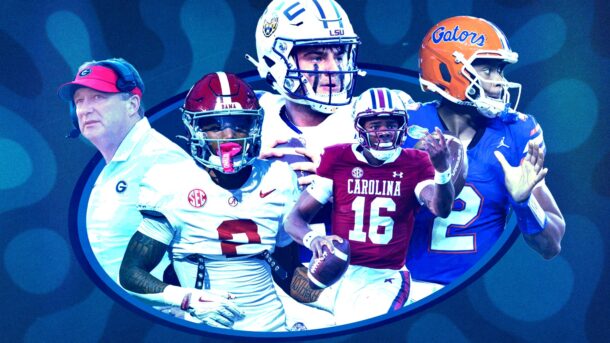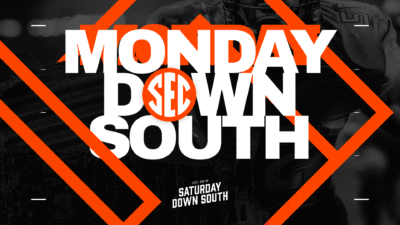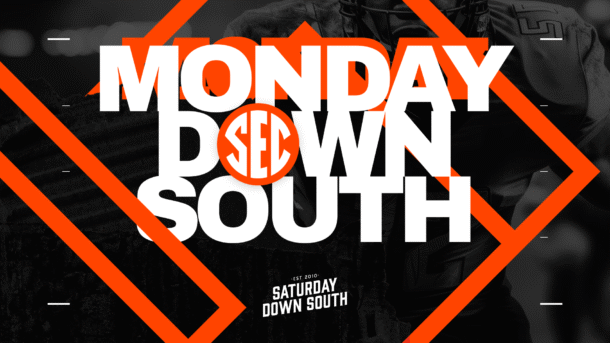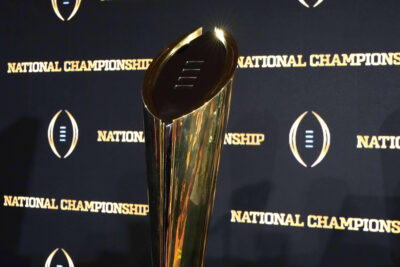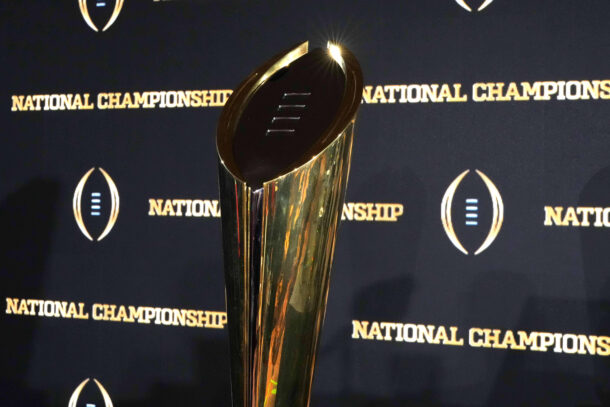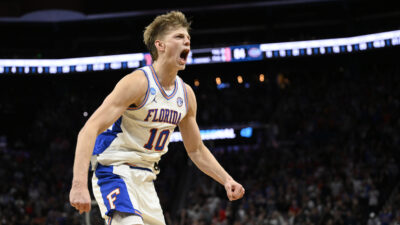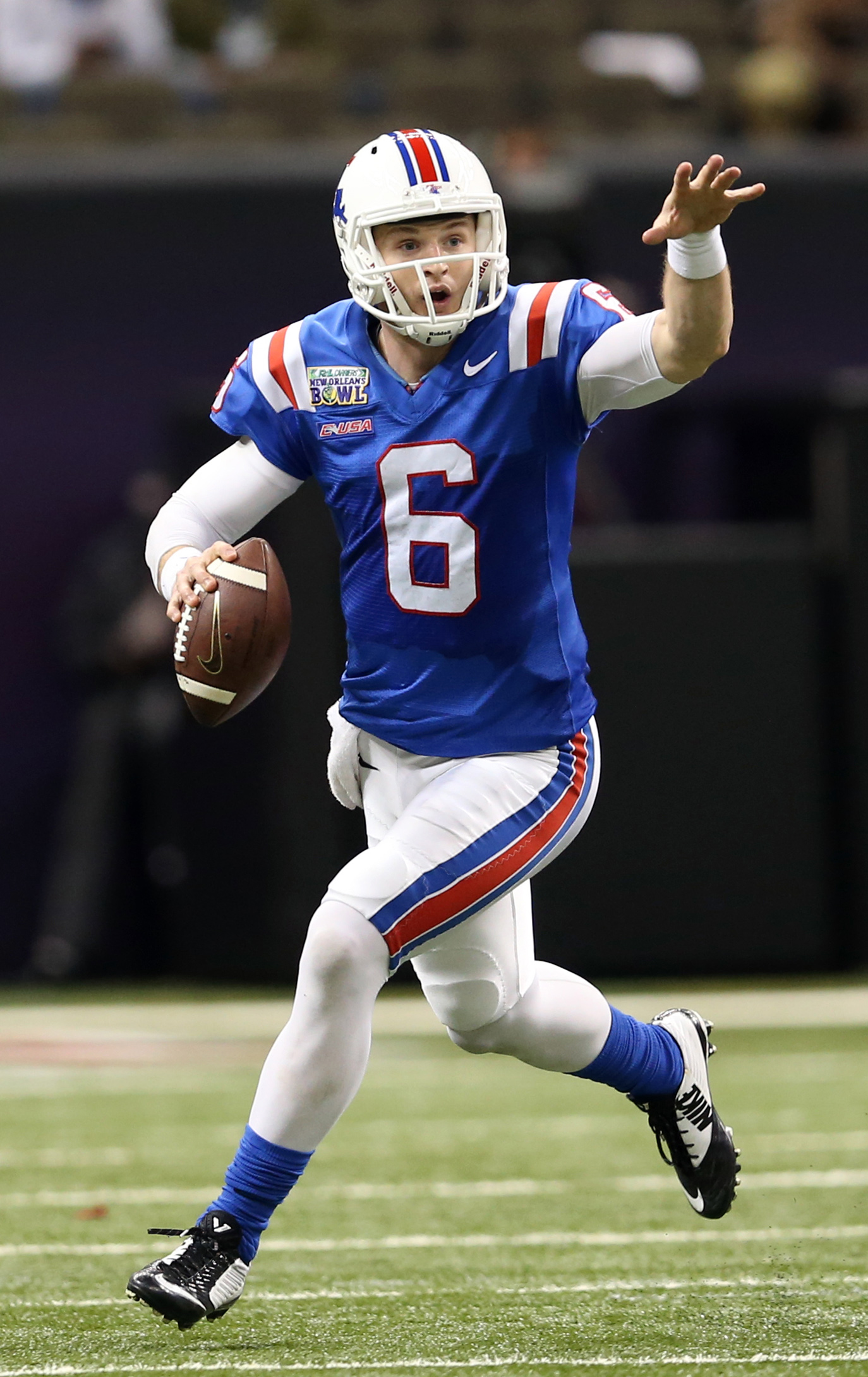
Despite having the two starting quarterbacks in the Super Bowl this year and Heisman Trophy winners at the position in 2010 and 2012, the SEC isn’t particularly known as a quarterback league.
There are several reasons and they have been exhausted on many occasions: The SEC is built on physicality, especially along the defensive line; most of the coaches have defensive backgrounds; and, frankly, sometimes the quarterback is just bad.
But the conference has done well at recruiting the best-rated players. Many just don’t pan out.
Phillip Sims was the top-rated pro-style quarterback in the 2010. He signed with Alabama but later transferred. Blake Sims, a four-star athlete in the same class, needed a lot of patience, a little Lane Kiffin and a healthy dose of targets to Amari Cooper. And Tyler Bray did well enough in his two-and-half years as a starter at Tennessee to earn some NFL paychecks.
Many didn’t pan out, however. Zach Lee did a short stint at LSU before trying his hand at baseball. Nash Nance transferred from Tennessee to Division III Hampton-Sydney in Virginia and was once touted as the next possible Tony Romo.
Christian LeMay was the top-ranked pro-style quarterback in the Class of 2011. He was thought to be the next big thing at Georgia, the heir apparent to Aaron Murray. Didn’t happen. LeMay transferred to Jacksonville State after two years and finished his career as a backup.
Jacoby Brissett was the No. 3-rated pro-style QB in that class. He couldn’t beat out Jeff Driskel, a five-star recruit and top-rated dual-threat QB, and transferred from Florida to N.C. State, where he rebounded nicely.
Stephen Rivers gave LSU fans some hope until it was quickly apparent he wasn’t as good as his older brother, Philip.
However, the next big thing was in the 2011 class — 13th-ranked dual-threat quarterback Johnny Manziel from Kerrville, Texas.
In a year “Johnny Football” would take over college football on and off the field. He won a Heisman as a redshirt freshman in 2012 and was a first-round draft pick in the 2014. Sadly he’s mostly known for what he’s doing off the field these days.
The third-best SEC quarterback in the 2011 class? Probably Jacob Coker, who started his career as Jameis Winston’s backup at Florida State and finished it by hoisting a title at Alabama.
Driskel might be the best case study for why the SEC is such a tough league for quarterbacks. Driskel had all the physical tools you could want in a prospect, but he was so used to being the best athlete on the field he struggled when he needed to use something other than athleticism to succeed.
But a transfer to Louisiana Tech put him in a conference where he was the most athletic player on the field in many occasions and threw for 4,000 yards in his one season at La. Tech and could be a late-round draft choice.
The highest-rated SEC quarterback recruits in the Class of 2012? Zeke Pike, who stays in trouble; Matt Davis, who looks like he’ll be pretty good at SMU and Maty Mauk, who also has some issues to deal with.
Chad Kelly, the No. 5-ranked dual-threat QB in 2012, signed with Clemson, didn’t make it there so he went to junior college and ended up with Ole Miss. So far, so very good.
But the 2013 class should give SEC fans some hope. Former four-star prospect Joshua Dobbs is tapping into his potential at Tennessee and let’s hope the current scandal at UT doesn’t stunt his growth. Speaking of potential, I still believe former four-star Jeremy Johnson can do big things at Auburn if Gus Malzahn doesn’t smother him with overcoaching.
Cooper Bateman, another four-star prospect, has a chance to emerge as the starter at Alabama in battle with four-star 2014 prospect David Cornwell and five-star 2015 prospect Blake Barnett.
Beyond the 2013 class prospects, things look questionable at best.
Texas A&M had its highly-touted quarterbacks recruits in the class of 2013 (four-star Kenny Hill), 2014 (five-star Kyle Allen) and 2015 (five-star Kyler Murray) transfer in the past two seasons. Florida looked set with 2014 four-star prospect Will Grier until he left amid a cloud of controversy.
Is the SEC’s future bright?
Let’s hope so as Shea Patterson, Jacob Eason, Jalen Hurts and Feleipe Franks all have varying levels of promise. But if the current pattern continues, it’s likely one or two won’t make the cut.
Corey Long is a freelance writer for SaturdayDownSouth.com. Follow Corey on Twitter @CoreyLong.
